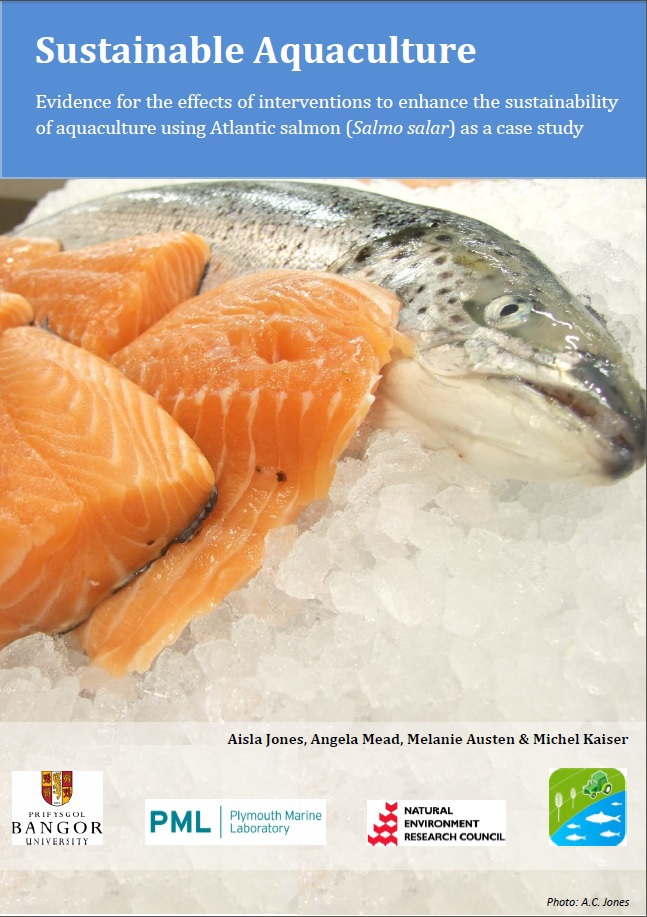Establish fallowing to reduce parasites/disease
-
Overall effectiveness category Awaiting assessment
-
Number of studies: 2
View assessment score
Hide assessment score
How is the evidence assessed?
-
Effectiveness
not assessed -
Certainty
not assessed -
Harms
not assessed
Study locations
Supporting evidence from individual studies
A study of four fish farms on the west coast of Scotland between 1990 and 1992 (Bron et al. 1993) found that fallowing was effective in controlling lice numbers on Atlantic salmon. The salmon at site 1 were heavily infected with lice throughout the period of the study and therefore required regular treatment. Lice numbers were low in new smolts at sites 2-4 (where fallowing took place) and treatment wasn’t required as often as for site 1 (where there was no fallowing). Treatment for lice wasn’t required as often for salmon at sites 2 and 3 (long fallow periods of at least 16 weeks) compared to site 4 (fallow period of around 9 weeks) suggesting longer periods of fallowing were more effective in controlling lice numbers. The four farms had fallowing periods of 0, 17, 16 and 9 weeks respectively (hereby sites 1, 2, 3 and 4 respectively). Sites 2-4 contained only one intake of salmon at a time whereas site 1 contained salmon of multiple year classes. Samples of salmon were taken from each farm every two weeks for 20 months and lice numbers (of species L.salmonis and C.elongatus) were counted.
Study and other actions testedA replicated study from 2000- 2002 in Tasmania, Australia (Douglas-Helders et al. 2004) found no difference in mortality from amoebic gill disease (AGD) in Atlantic Salmon using the method of fallowing cages. Cumulative mortality at the end of the trials was 2.06% for the rotated cages and 2.88% for the stationary cages which was not significantly different in both years of the experiment. The fallowing period in different cages ranged from 4 to 97 days and the experiment was repeated in 2 growing seasons (December to March 2000/2001 and December to April 2001/2002). Average biomass per pen was 15,026 kg and 20,304.4 kg for the stationary treatment groups in the two seasons respectively. Average biomass for the rotated pens was 17,115 kg and 21,000.9 kg per pen. Signs of clinical disease were assessed monthly using the routine Tasmanian salmon farmers gill assessment method by examining at least 20 fish for the presence of AGD.
Study and other actions tested
Where has this evidence come from?
List of journals searched by synopsis
All the journals searched for all synopses
This Action forms part of the Action Synopsis:
Sustainable Aquaculture
Sustainable Aquaculture - Published 2013
Atlantic salmon Aquaculture Synopsis





)_2023.JPG)














